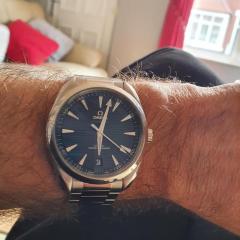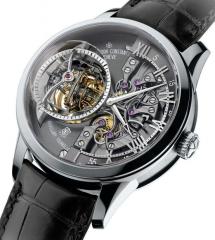Why do i suddenly have rust and what to do about it? Pallet fork staff and balance spring and staff covered in rust suddenly! (Didn't want to mix the two threads.)
-
Recently Browsing
- No registered users viewing this page.
-
Topics
-
Posts
-
I know he had indicated that he would like to retire. But it's always sad when people just disappear off the message board and we don't know why. then I was looking at his profile I wonder if that really is his birth date? In this day and age is always concerning if your birth date is out there along with any other personal information. Then I went to his profile for this Devon England. It seems like the moderators and other people in the UK could get together from time to time. or perhaps the moderators should have communications beyond this message board like maybe a phone number or a physical address jesting case things break down you could reach out the somebody. that would mean that if the moderator is concerned about another moderator you can at least investigate as to they just disappeared or never seen again.
-
By RichardHarris123 · Posted
Hello and welcome from Leeds, England. -
Hi Jersey Mo! I gotta ask, is this guide genuinely valid and useful? Someone in Watchuseek sent me this link https://www.vintagetimexwatches.com/servicing/#basic
-
You might like to see the contraption that I made for indexing on my Chinese lathe. This is a 4 inch rotary table with dividing plates that I attached to my lathe mandrel using a drawbar. It is completely manually operated. No electronics or computer needed. I have used it to make a 60 tooth clock wheel. I use a Sherline headstock on a vertical slide to drive the gear cutter. The wheel blank is mounted on an aluminium "superglue arbor." This is the modern equivalent of a shellac chuck, and allows the wheel to be centre bored, trued and the teeth cut in a single setup, ensuring that concentricity is maintained. The finished wheel after crossing. I have not tried to make small watch parts on this lathe. The runout on the mandrel bearings may be too high for that. I won't know unless I try.
-








Recommended Posts
Join the conversation
You can post now and register later. If you have an account, sign in now to post with your account.
Note: Your post will require moderator approval before it will be visible.